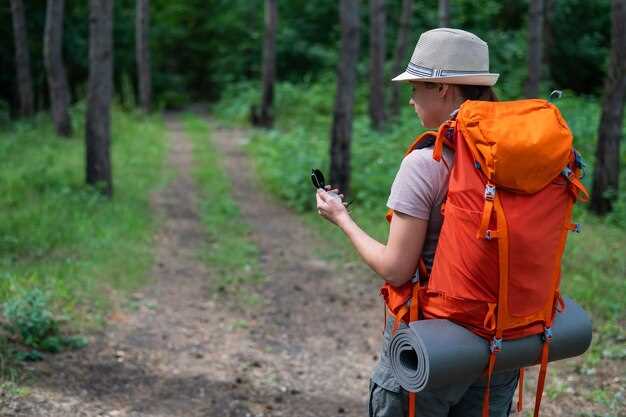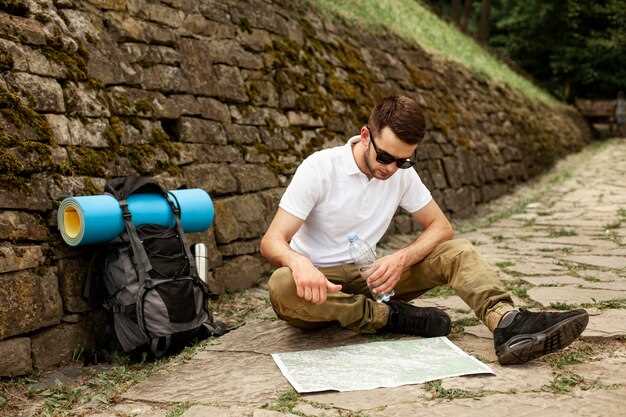
Traveling alone can be one of the most rewarding experiences, especially when it involves solo hiking. The thrill of exploring new trails, embracing the beauty of nature, and finding serenity in solitude are just a few reasons why hikers choose to venture out on their own. However, embarking on a solo hike also comes with its own set of challenges and risks that must be carefully considered to ensure a safe and enjoyable experience.
Before setting out on your adventure, it’s crucial to educate yourself about the essential safety tips specifically tailored for solo hiking. These strategies not only enhance your personal safety but also empower you to navigate the wilderness with greater confidence. Alongside these tips, having the right gear can make all the difference in your journey. From reliable navigation tools to effective emergency supplies, equipping yourself properly is key to a successful hike.
In this article, we will explore vital safety tips to keep in mind while hiking alone and highlight must-have gear that every solo traveler should consider. With the right preparation, you can transform your solo hiking experience into an exciting exploration of the great outdoors, all while maintaining your safety and well-being.
Essential Navigation Tools for Solo Hikers

When embarking on a solo hiking adventure, having reliable navigation tools is vital for ensuring your safety and enhancing your survival capability in the wilderness. Understanding your environment and the routes you will traverse is crucial for a successful hike.
The first essential tool is a topographic map. Unlike standard road maps, topographic maps provide detailed information about the terrain, including elevation changes, water sources, and trail routes. Familiarizing yourself with how to read these maps can improve your route planning and help you avoid getting lost.
A compass is another indispensable navigation tool. It allows you to orient yourself and maintain your bearing while hiking. It is important to practice using a compass before your trip to ensure you can navigate effectively in the field. Pairing a compass with a map can significantly bolster your ability to find your way.
GPS devices or applications on smartphones are highly useful for solo hikers. These tools can provide real-time location tracking and detailed mapping. However, it’s essential to bring a portable power bank, as relying solely on electronic devices without a backup power source can be risky.
A personal locator beacon (PLB) offers added safety for solo hikers. In case of an emergency, pressing the button on a PLB will send a distress signal to rescue services, ensuring that help can reach you even if you lose your way or experience a serious injury.
Finally, a set of waypoints or landmarks that you plan to pass during your hike will help you stay oriented. Recording these points and noting them on your map provides a reference that you can use along the way, making it easier to retrace your steps if needed.
Incorporating these essential navigation tools into your hiking gear will not only enhance your safety but also contribute to a more enjoyable and stress-free solo hiking experience.
Best Emergency Gear for Unforeseen Situations
When embarking on solo travel adventures, ensuring your safety is paramount. Carrying the right emergency gear can significantly enhance your preparedness for unforeseen situations. Here is a list of essential items that every solo hiker should consider including in their pack.
A first aid kit is a must-have for any solo travel enthusiast. It should include bandages, antiseptic wipes, pain relievers, and any personal medications. Familiarize yourself with the items in your kit and know how to use them effectively to handle minor injuries on the trail.
Another critical item is a reliable emergency whistle. In situations where your voice might be inaudible, a whistle can carry further distance. It is a vital tool for attracting attention if you find yourself lost or in distress.
A multi-tool can prove invaluable, as it combines several tools into one compact unit. Look for one that includes a knife, screwdriver, and pliers. This tool can assist with various tasks, from preparing food to handling small repairs on your gear.
Signaling devices, such as a space blanket, are lightweight and could save your life in emergencies. They can retain body heat in cold conditions or signal for help due to their reflective surface. Consider including one in your emergency gear for unexpected weather changes.
Having a portable charger or power bank is essential for maintaining your communication devices. In case of emergencies, a charged phone can be your lifeline, allowing you to call for help or navigate back to safety.
A headlamp or flashlight is crucial for visibility after dark. Opt for a lightweight option with long battery life. Not only will it help you navigate, but it can also be used to signal for help if needed.
Lastly, always carry a map and compass, even if you have a GPS device. Technology can fail, and having traditional navigation tools can help you find your way in unfamiliar territory.
By equipping yourself with these essential emergency gear items, you can enhance your safety and confidence during solo travel adventures, ensuring you are prepared for any unforeseen situations that may arise on the trail.
Key Techniques for Solo Hiking Risk Management

When embarking on a solo hiking adventure, understanding and managing risk is crucial for both your survival and enjoyment. Here are some essential techniques to ensure a safer experience while you travel through the wilderness.
1. Pre-Hike Planning: Conduct thorough research on your chosen trail. Familiarize yourself with the route, terrain, weather conditions, and potential hazards like wildlife encounters or water sources. Create a detailed itinerary and share it with a trusted friend or family member, including your expected return time.
2. Emergency Preparedness: Always carry a well-stocked emergency kit, which should include items like a first aid kit, whistle, multi-tool, fire-starting materials, and a space blanket. Familiarize yourself with the use of these items in case of emergencies.
3. Navigation Skills: Develop your navigation skills to manage terrain challenges effectively. Carry a physical map and compass, and know how to use them in conjunction with GPS devices. Being able to navigate ensures you can reroute or find help if you get lost.
4. Risk Assessment: Continuously assess your surroundings. Be aware of your physical condition, weather changes, and potential hazards like unstable terrain or water crossings. Knowing when to turn back is vital for your survival.
5. Stay Hydrated and Nourished: Proper nutrition and hydration reduce fatigue and improve decision-making abilities. Carry portable, non-perishable snacks and enough water, or have a reliable method of water purification.
6. Build Communication Skills: In an emergency, clear communication is vital. Familiarize yourself with signaling techniques and carry a means to communicate, such as a fully charged cellphone or a satellite messenger, especially in remote areas.
7. Mindfulness and Mental Preparedness: Stay mentally sharp by practicing mindfulness during your hike. Being present helps you identify risks and respond effectively to challenges. Visualize possible scenarios and your responses before setting out.
By implementing these key techniques for risk management, you can enhance your solo hiking experience, ensuring a safe and fulfilling journey through nature.
